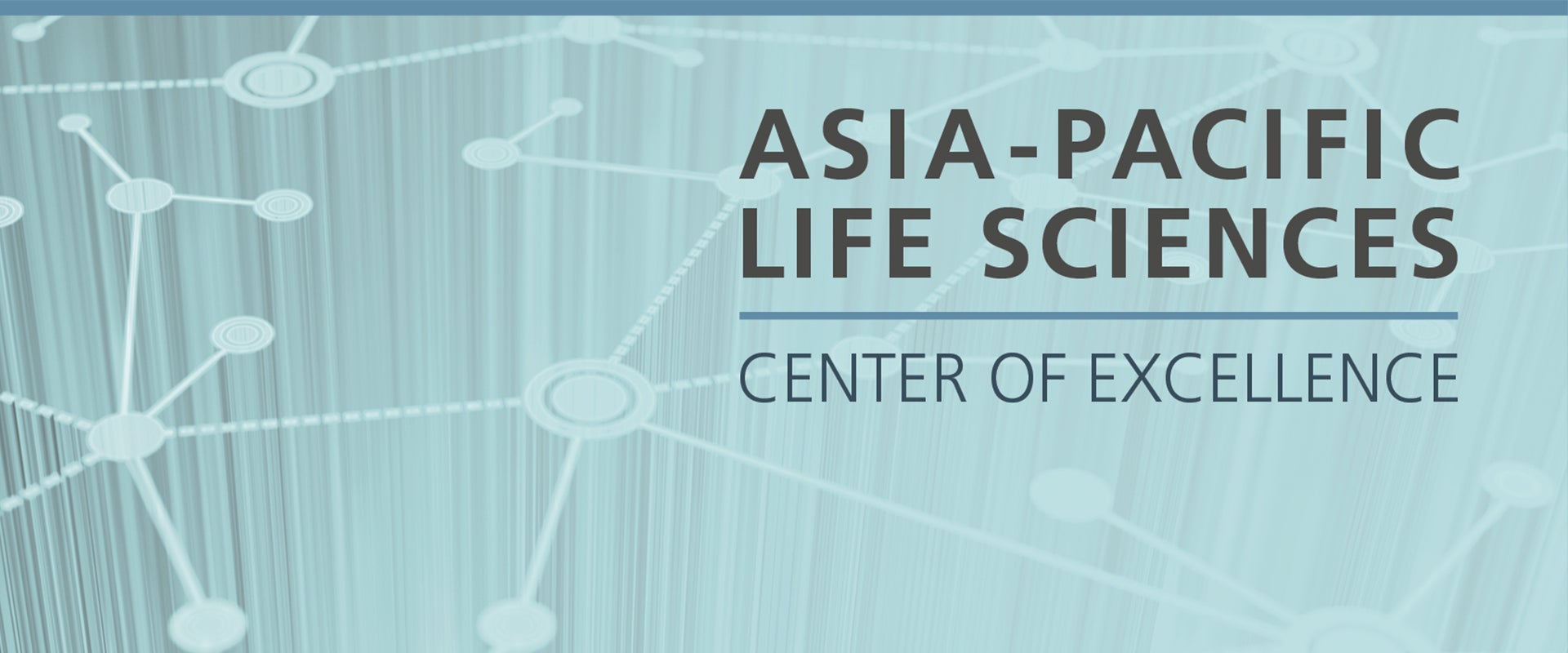
The Promise of Precision Medicine in Asia-Pacific
- VOLUME XXI, ISSUE 7
- Executive Insights

Existing DNA depositories have greatly aided the development of gene-specific therapies, but they’re overwhelmingly made up of Caucasians’ data.
An APAC-led charge to close the gap has resulted in a multicountry collaboration to sequence and analyze Asian genomes. It’s also prompted significant public and private commitments to genomics research and technology.
But hurdles remain. Some – such as funding, safety and security – are critical to the industry’s viability. Others are relatively easier to tackle, but still require an ongoing ability to innovate and adapt.
Despite the challenges, we expect precision medicine to play a pivotal role in the future of healthcare in APAC, with a potentially dramatic economic impact.
There’s a good reason why precision medicine sparks such excitement and controversy. It promises individualized diagnosis and targeted therapy that can treat the most challenging and incurable of diseases — yet the numerous obstacles standing in its way, such as regulatory approvals and affordability, call into question its wide-scale application. Still, precision medicine continues to gain momentum in APAC, affirming our belief that it will play a crucial role in delivering effective healthcare to the region in the near future.
In its first series of publications, L.E.K. Consulting’s APAC Life Sciences Centre of Excellence will explore the key aspects of precision medicine for APAC: its potential contribution to the region, leading innovators in the space, hurdles to overcome and the role various stakeholders will play in influencing the rate of adoption of precision medicine in this region. This initial publication offers an overview of some of the elements critical for precision medicine to succeed in APAC, which will be studied in further detail in subsequent publications.
Over the past two decades, the West has helped pave the way for precision medicine. In 2003, the Human Genome Project published the full genome sequence, following a detailed analysis of the structure, organization and function of human genes. The landmark international research initiative has since spurred the creation of large DNA repositories, including public efforts such as the Human Genome Diversity Project and the 1000 Genomes Project, as well as databanks created by genealogy companies such as 23andMe, Ancestry and more. Meanwhile, disease-focused database development is also underway, with public data portals led by organizations such as The Cancer Genome Atlas and the International Cancer Genome Consortium, along with similar private efforts sponsored by companies including Foundation Medicine and Caris Life Sciences. These databases have continued to grow in size and sophistication over the years and serve as a treasure trove of information aiding the development of gene-specific therapies.
Existing databases, unfortunately, are overwhelmingly made up of Caucasians’ data. For APAC to fully reap the benefits of precision medicine, it will first have to collect sufficient data on APAC genotypes. Only then can diagnosis and treatment be appropriately tailored to diseases disproportionately affecting this region. Equally important will be the quality of data gathered; there has to be adequate diversity to accurately capture the genetic traits of specific subsets of the APAC population.
Nonetheless, as the cost of genome sequencing continues to decline exponentially, we expect APAC to catch up over the coming few years thanks to a combination of consumer genetic testing companies and government-led programs. In fact, efforts are already underway. The GenomeAsia100K initiative, for example, is a multicountry collaboration that seeks to “sequence and analyse 100,000 Asian individuals’ genomes to help accelerate Asian population-specific medical advances and precision medicine.” All findings and results will be shared with the broader scientific community so that the responsibility of furthering the industry through R&D is spread among other similar institutions and organizations.
L.E.K.’s deep industry knowledge and proprietary tools, as well as Singapore’s strong research ecosystem, to produce materials on a broad range of life sciences and healthcare topics.

We expect to see the dramatic rise of APAC-led innovation in the field of precision medicine. China has already begun to make significant strides in genomics research and technology, announcing its precision medicine initiative in 2016 with targeted investment of US$9 billion by 2030. The substantial commitment by China is driving innovation on all fronts, including data collection and storage, analytical tools, artificial intelligence, machine learning, and more. Information amassed is being used in the development of targeted treatment such as CAR-T cell therapy, in which immune system cells are altered to attack cancer cells.
Other countries in the region are also striving to push boundaries in the field. Singapore recently established its national precision medicine initiative and has several institutions/programs already in place that are focused on furthering innovation in precision medicine. For example, SingHealth Duke-NUS Institute of PRecIsion Medicine (PRISM) is developing a genome/phenome database on Asian patients, while the Integrated Molecular Analysis of Cancer Programme by the National University Cancer Institute Singapore (NCIS) is matching genetic profiles of cancer patients to early-phase clinical trials of new drugs. In South Korea, public and private institutions, including Korea University, Samsung Genome Institute and Macrogen, have joined forces for the launch of the Cancer Precision Medicine Diagnosis and Treatment Enterprise (K-MASTER) to advance the country’s cancer solutions. And in Japan, the focus is on its aging population as it studies underlying biomarkers that cause cancer, stroke and kidney failure.
The flurry of industry activity that is already underway in APAC is reassuring. As the population ages and chronic diseases become more prevalent, precision medicine offers a means to deliver cost-effective care and alleviate the tremendous healthcare burden the region is poised to experience. What if a predisposition to diabetes could be identified in time to trigger preventive measures? What if cancer patients could receive tailored therapy, i.e., personalized medicine, and avoid multiple lines of ineffective, expensive treatment? The economic impact of precision medicine versus the current one-size-fits-all approach could be dramatic, and APAC itself is driving the charge to bring it to reality.
The path ahead, however, won’t be smooth sailing. There are some significant hurdles to overcome, including:
Other challenges may be relatively easier to tackle, but would still require continued collaborative industry effort to innovate and adapt. These include:
Despite the challenges, we expect precision medicine to play a pivotal role in the future of healthcare in APAC. As we take a closer look at this topic in the coming series of publications, we’ll determine where real opportunities lie for different industry stakeholders over the next three to five years, and identify the innovators within APAC and the changes or measures necessary for the industry to clear the barriers that may appear.
L.E.K. Executive Insights May 2018 Immuno-Oncology Is Making Pharma Step Up Its Diagnostics Game
L.E.K. Executive Insights October 2016 Companion Diagnostics Leakage in Oncology